Finding Wildlife
The Backbone Of Successful Wildlife PhotographyNo matter how modern your equipment, how expansive your equipment list may be, how exotic your tripod and eye-wateringly expensive your 600mm prime lens may be, if you can't find wildlife you may as well be using a disposable camera. Or your phone. Or nothing at all.
Without the actual wildlife, we're never going to get any wildlife photos, so finding the critters is of utmost importance - not your latest Nikon Z-whatever or technically advanced Canon eye detection AF or nifty Olympus pre-record which actually works or Sony with whatever Sony has.
You need a critter. Even if it's only a bird (*cough*).
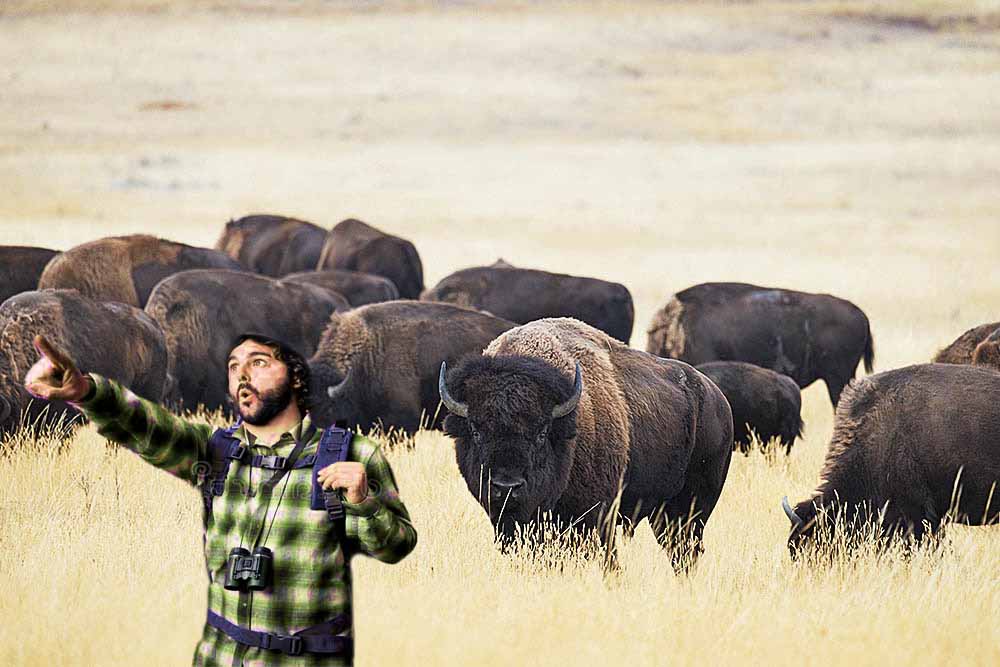
Oooooh, I think I see something!
At this point you're starting to think, "this is just another one of those teaser click-bait articles, probably spat out with some AI program".
Well, fear not gentle reader. Here is how to do find where the wild things are, to employ some practical steps to get you all wobbly kneed.
But before you go any further, if you're expecting a map with some crosses on it or a guarantee that "you will see this particular critter here", forget it. The real world isn't like that.
Step 1: Get your butt off the couch.
There are not many guarantees in life, but one is that there are no wild animals in your lounge room, or any other room for that matter. Pets, yes. The occasional bird that flies through your front window; maybe. Insects? probably, but they wouldn't look that great clinging to your paisley wallpaper.
If you want a photo of a bison in the snow, an eagle swooping down on its prey, an elephant dusting itself at daybreak or any other critter, large or small, you have to go outside and play.
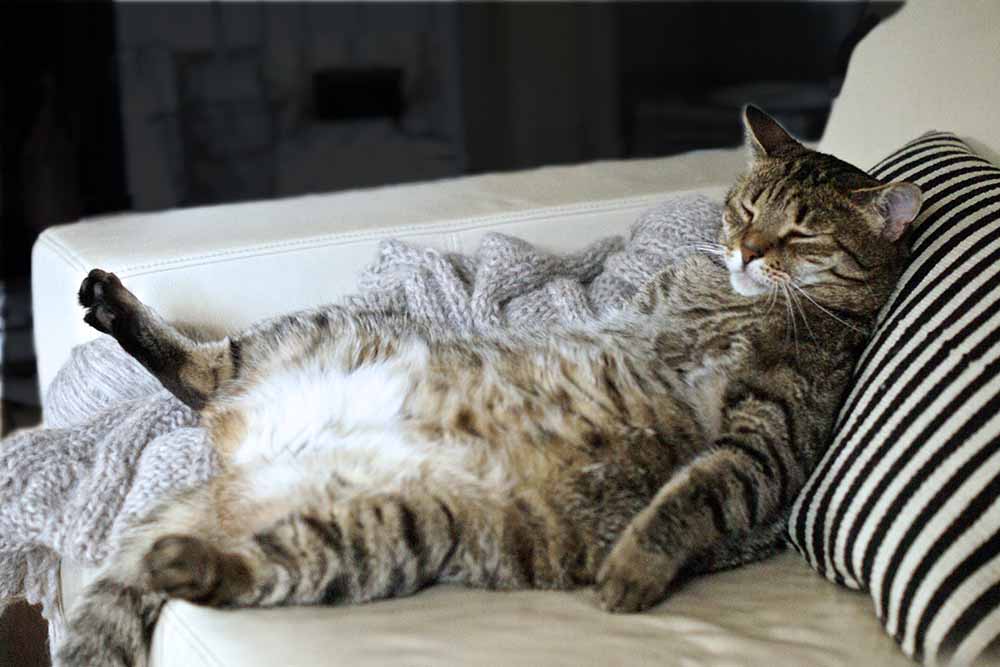
Don't be a couch potato
I guess the relevant question here is, "WHERE do I go to find wildlife".
The answer is easy, "Where the wildlife lives", which leads us to the second step:
Step 2: Do some research.
Granted, that research can be done while you're still sitting on the couch, and probably not while you're sitting in a hide after forking out $10-20k to fly across the world. So mebbe do your research before you leave the house.
By research I mean to study the life of your intended subject. Find out what it eats, it's preferred habitat, does it hibernate or migrate (if you don't know that, it could be embarresing), does it have specific mating rituals, when does it breed, what's its distribution, does it congregate in certain areas to do any of the above, etc.
The more you know your subject, the easier it will be to find them, or at least help you to avoid bombing out entirely because the Arctic Terns you went to Greenland to photograph are currently all in Antarctica.
Learning about an animal's life cycle and habits is vital to consistantly finding animals, particularly the less common species.
Your friend here is Google Scholar (or even plain ol' google.com), although there are also other databases that hold research papers.
The much maligned Wikipeadia is also a good source for animal info. Not too many idiots are going to post fake info on the distribution and mating habits of the Wolverine.
For example, I once went on a trip to photograph two species of sea turtle. I did a LOT of research before I even began considering packing lists, booking flights and chartering boats. I found out who the prominent researcher/expert in the field was for those species, tracked down a lot of research papers but really hit the jackpot with a book that he wrote, amalgamating all that technical data into a readable text.
That gave me species distribution, nesting seasons, nesting behaviour, egg laying behaviour, preferred nesting locations, biology, food preferences, mating behaviour and so much more.
Most importantly, all of that information helped me to learn how to photograph the nesting turtles without disturbing or impacting them in any way during their reproductive behaviour. All that without leaving my couch.
Keeping your impact to a minimum is vital for continued success in wildlife photography. You might get a shot after doing something stupid but you'll probably never get to see that particular animal again. Ever. You might also wipe out an entire breeding season for that animal or sway the effectiveness of their predators.
This is one of the reasons why research is so important.
With the information I gleaned from my turtle research, I booked a trip to an island that was well known by researchers (but difficult to get to, not a tourist destination as people are the worst) at a time when mid-to-late nesting coincided with emerging baby turtles from early hatching.
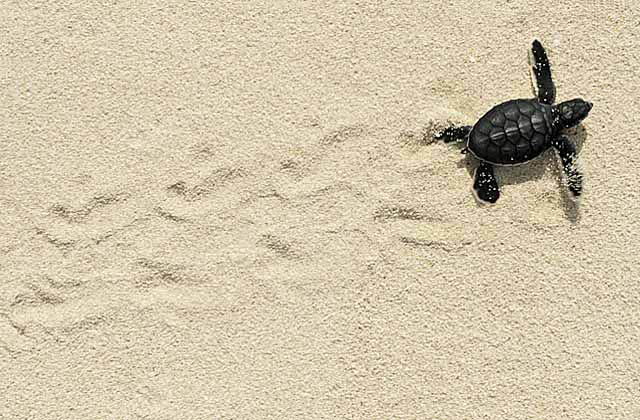
Research + effort = going for a swim
I had to be completely self sufficient with tent, dive gear, clothing, water, food and cooking equipment (no plant material was allowed to be burnt or collected or removed from the island). There were no shops, neither on the island or anywhere within a 3 day swim, so I had to have backup batteries, solar chargers, extra battery banks for lighting, backup camera bodies, plus all the little things that make or break a shoot in a remote area. You know, bug spray, anti-itch cream, sun block, etc. All that stuff.
My reward was a surreal week with me on a deserted island photographing baby turtles erupting from the sand at dusk, huge adult turtles lumbering up the beach to find a nesting spot, nest digging and egg laying. It was one of the most enjoyable experiences of my life with just me, a lot of turtles (and nesting sea birds), no people and a star studded night sky, all thanks to some basic research.
So, do you want to photograph a weasel? Find out its distribution, the type of environment it prefers, its food preferences, mating season, etc. That, at the very least, will narrow down places and dates to give you the best possible chance.
Now many of you may not be so single-minded and focused (pun intended) on one species. You just want to go out and wander about and come home with some nice pics of whatever you saw. This is probably the most common process for the average hobbyist-photographer experience.
If that's all you want, then go for it. But if you want to go beyond blind chance you really need to have at least a basic idea of your intended subject and know what you want to achieve.
Lucky finds happen now and then. It's one of the joys of being out there in the wild with critters. If I'm walking down a track looking for bears and a woodpecker starts hammering out a nest next to me, I'm going to take a shot. If you're one of those hobbyist photographers, pretty much everything you see and photograph will be the result of pure chance.
But if you want to have the best chance of finding one or more critters in your outings, you're better equipped to make it happen if you've researched your animals.
Step 3: Shut up, sit down, don't move, listen, look.
Shut up: Some photographers like to have an outing with other like minded people. That's not a problem. But the critters you're looking for are probably sensitive to all the noise that you'll be making, and I'm not just talking about twigs snapping underfoot.
So many times I have been set up near a walking track or publicly accessible area, sitting quietly waiting for a critter to do whatever the critter is probably going to do. Then people arrive. You can hear their tread and loud conversation from a LONG way off. You can literally see animals move off, hide or otherwise take avoidance action well before anyone shows up.
It's a no brainer to keep quiet. We all already know this, it just needs to be put into practice, especially if you're near a body of water where sound can bounce off the surface and travel a very long way.
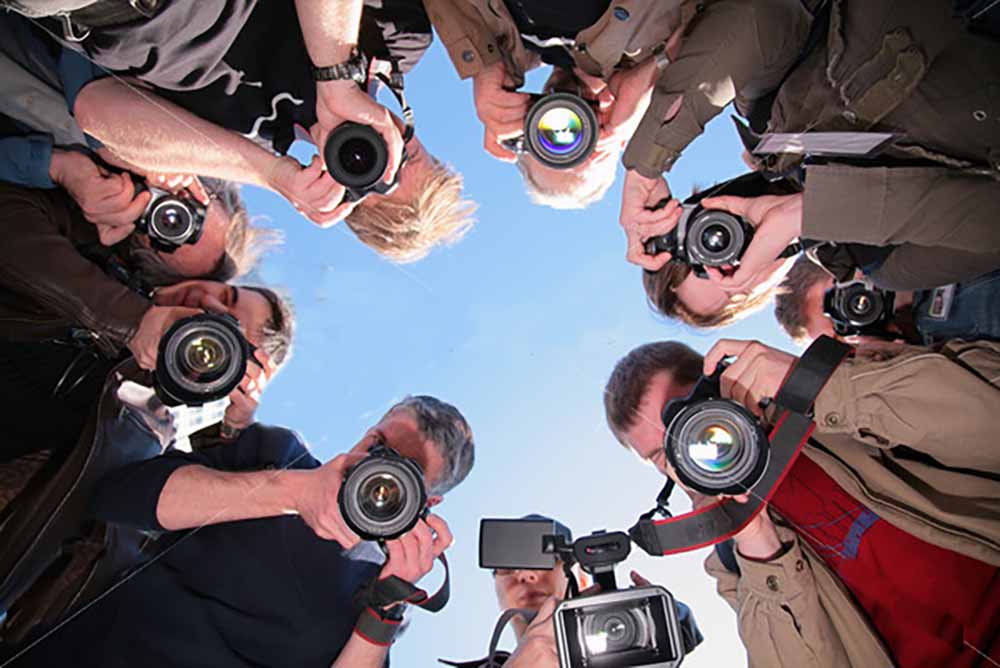
Not my cup of tea, old chap.
Sit down, don't move: Now, anyone is going to make some sort of noise getting to a spot where an animal may be, or potentially be. So letting the ripples of sound you have created disperse and disappear by sitting down, shutting up and not moving for 5, 10, 30, 60, 120 minutes will start to pay off with animals that are already in the area coming out of hiding and others that move into your photo zone to arrive without the disturbance of foreign/human noise.
The "not moving" part is also important. You can be fully camo'ed up and noiseless, but if you're flapping your arms about or constantly fiddling with your gear you're still sending out an alert to every critter that has eyes.
An eagle has superb eyesight, able to spot a rabbit from over 3km away...... if the rabbit moves. If it sits still, the eagle can fly right over it.
By standing still I've had skittish deer walk right up to me, filling my frame and posing beautifully, at least up until they smell my 4 day old thermal underwear.
Which is a nice segue to another point about sitting still: anything downwind from where you are, even birds, will smell you. Humans can smell a barbeque or a cup full of perfume but out in the wild we are pretty much useless in the scent department, unless it hits us over the head. We might smell a dead skunk but we fail miserbably compared to animals. So consider that in your placement. You will be well served spending most of your time watching upwind, so pick a spot that will work in with that.
If you are sitting hidden and silent but you keep fiddling with your camera, playing with your phone or swatting mosquitoes, you're not going to have the same success as someone in the same situation staying still. All animals are super sensitive to movement, even some, like badgers, who don't have acute eyesight.
Listen: Besides wandering out into plain sight, animals will also make noises that you can pick up on, if you listen. So take out your ear buds, stop talking, breath slow and deep, soak in the atmosphere and listen carefully.
A breaking twig, rustling grass/leaves, a call, birds or squirrels alerting to potential predators, the swish of air over wings. All these you will pick up on if you stop, sit/stand still, be quiet and really listen as the environment that you are in forgets your noisy arrival.
Look: While you are waiting, don't make the mistake of surfing through your social media, making texts, reading, checking your Insta profile. All that extraneous activity will blind you to subtle movements around you and deafen you, to some extent, to sounds as well.
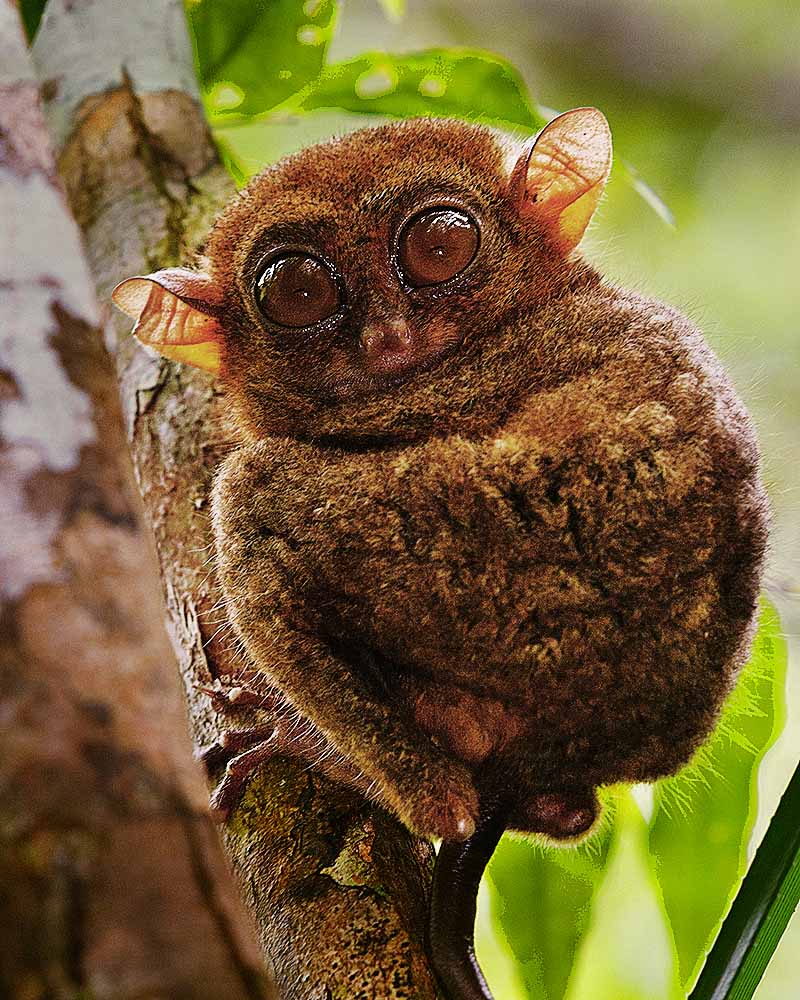
Stop, look, listen.
Another trap is constantly checking your camera's LCD. If you just shot a nice string of images of a critter that showed itself briefly but then spend a few minutes checking each frame, you'll definitely miss the same critter coming back out again, or another one appearing.
My first cool pic of a coyote was when I stopped still and listened after a badger had nearly walked into my lap. Instead of looking at my pics and being distracted by texting someone of my happy experience, I listened for the badger's return and was rewarded by the rustling of the approaching coyote which was tracking the badger.
Aside from a quick check to make sure your exposure is in the ball park and that your camera is working as it should, avoid spending time staring at your camera's LCD and your phone. They're traps that we fall into as the tedium of waiting weighs down our over-stimulated brain which is used to the constant bombardment of human noise, activity and social media.
This is where binoculars are a particularly powerful tool. If you carefully and quietly use your binoculars, scanning near and far, you'll have a better chance of seeing an animal before it sees you.
An owl can sit still and quiet for a long time. A fox can take a one hour nap. Moose and deer often use the middle of the day to settle down and have a long nap and cud chewing session. Using your binoculars will help you see small movements, patterns that are out of place, twitching ears, antlers swinging about as a hidden elk grooms itself, the back of a pouncing coyote hidden by tall grass.
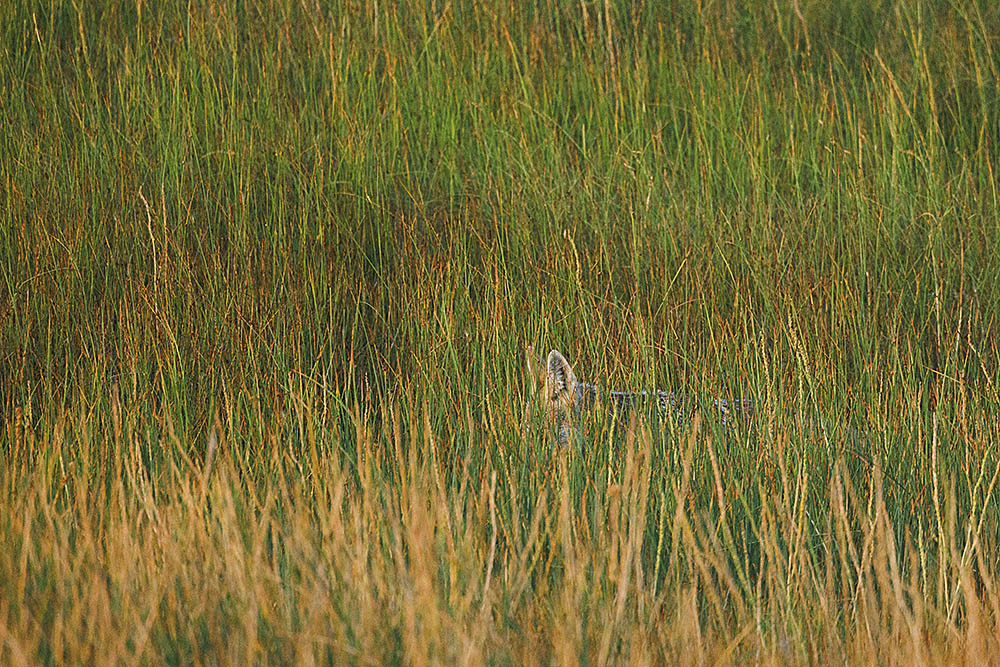
Can't see anything. There's nothing around today. Mebbe I'll post some likes on Insta.
Using your quiet time to scan the area with your binoculars will help you stay alert, stay off your phone and be more in touch with your surroundings.
Step 4: Ask.
Wildlife photography is mostly a solitary pursuit. It can be social but often you will find that being alone actually helps you find more critters. Animals feel less threatened by a single person. Same goes for us. Walking past someone in a carpark at night is not as nerve wracking as seeing 5 hooded people walking towards you, even if they only turn out to be nurses coming off their shift.
But away from the wild, social activity can help: asking someone what they've seen/found/heard, either personally or from others.
If you have contact with a ranger in a park, ask them what's making the rounds at the moment. Experienced rangers have a huge advantage over you, just by the fact that they're out and about among the critters every day of the week. They get to know areas where species are more often seen, seasonal changes in location, recent events (such as a wolf kill) and are a good source of what others have seen.
Most will be happy to share their knowledge. After all, they're getting paid and have a pension in the making so they aren't tainted with the secret competitiveness that some photographers have.
Sure, I've had my fill of rangers that have ulterior motives. They don't want the extra work associated with dealing with the adventurous public. They just want you to pay your entry fee, drive around a bit then go home.
Or they may have a research grant and don't want you near "their" turf. I've had rangers go out of their way to make my efforts far more difficult, lying about animals (no, we don't have those in the park - no one has ever seen one of those - oh, yes, you can find that particular critter way over there and not over there were I know they live, etc)
But in general you can get some good current information from most rangers.
You can also reach out and ask others you see on your drives and hikes. Most will be happy to let you know what they've seen and you can reciprocate with your sightings.
There are photographers who are very evasive about where they have seen certain critters. That can be understandable if it's a particularly sensitive situation, such as a nesting bird, wolf/coyote/fox den which are very sensitive to human activity, an endangered animal, etc.
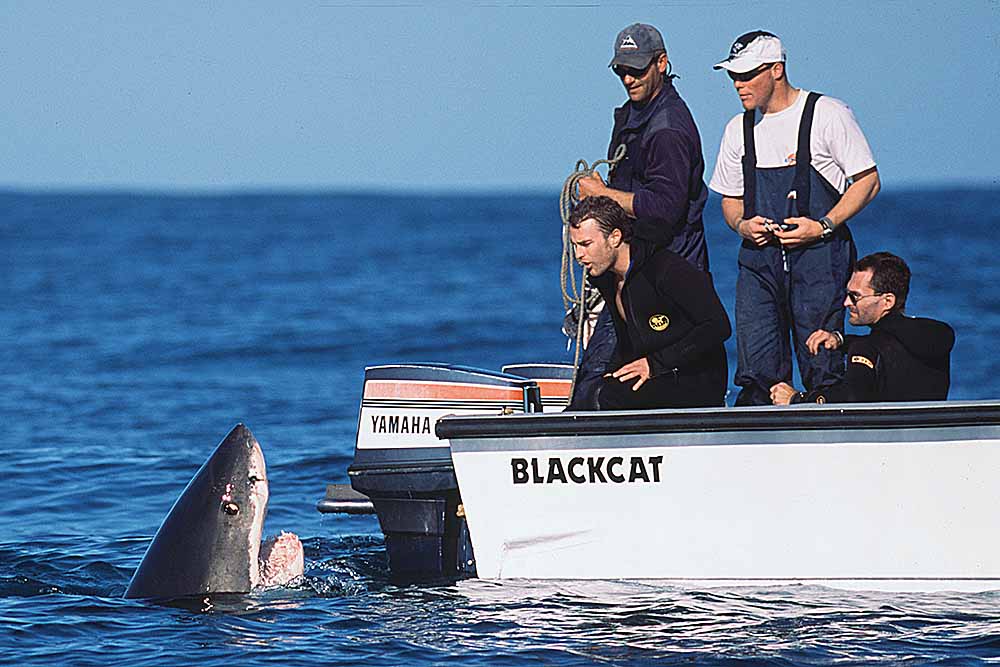
Sharks? No, haven't seen one.
But you also get others who have a very competitive/possessive/jealous outlook who just don't want to share. Those types are best avoided, being more trouble than they are worth and always wanting info from you. They're a one way street. They take but don't give in return. Smile, nod, be pleasant then move on, leaving them in your wake. Life's too short to be saddled by such people.
Land owners are also a good source of information, especially if they have a decent amount of land that's treed or used as pasture. Crop fields are regularly ploughed and/or planted or sprayed or otherwise criss crossed by large vehicles so can be less productive (not non productive, just less productive).
Many farmers are also aware of how wildlife can benefit their activities, reducing pests and animals that damage their crops. And some also are, like you, just very interested and amazed by wildlife and concerned about the environment. They love the fact that wild animals are on their land. Those land owners are a joy to talk to.
Giving or being provided with specific locations is not always useful. Birds have wings, animals have legs, fish have fins and even snakes can move about. The animal you see in one spot can be far away, even in another country, within a few seconds, minutes, hours or days.
So finding animals is usually a matter of narrowing your possibilities by gathering information, using that to place yourself in the best possible position/area, investing a decent block of time watching and listening in silence, having your gear ready to respond in an instant.
You don't have to travel to exotic locations to get great shots. Many bird photographers do quite well shooting in their back yard. I recently spent a couple of months visiting the same 4 farmed fields (a few minutes from my home) covering about 4 square km every morning around sunrise.
Some days I got absolutely nothing. No photos, no sightings. Other days I had multiple animals that I could photograph. Not just "animal staring in fright at the camera" but actual behaviour and interesting environmental portraits in great light.
The bottom line is: finding animals isn't easy. If it were easy everyone would be doing it. You can go on an African safari and shoot charismatic animals every hour of every single day, which is a real treat. But you will be down $10-20k and not everyone has that sort of loose cash.
In addition, eventually you will have to go home, a week or a month after you arrive at your exotic destination. While you got great shots, you are never going to get multiple chances that allow you to begin to explore the depth of an animal. Only spending quality time over a year or five will allow you to do that. That's why your back yard, literally or figeratively speaking, is far more productive than an expensive, briefly visited exotic destination.
If you get off your butt, do some in-depth research, invest some serious time into finding animals in the best possible locations, have your equipment ready and working, you will get what you're looking for and more.
My experience has taught me that you get one out of four (or five) trips that are really productive or fulfilling. That means that you will get more losses than wins.
But the wins are what count. You get one long ride in a curling barrel on your surfboard, you get one 30m putt on the golf course, you hit a three pointer on a drop-away jump shot from half court, a badger pops its head out of the hole with a gopher in its mouth and all those painful misses fade away. That's what it's all about.
Not finding your critter should not make you give up. Keep going. Put in the time. Put in the hard work. You will be rewarded.
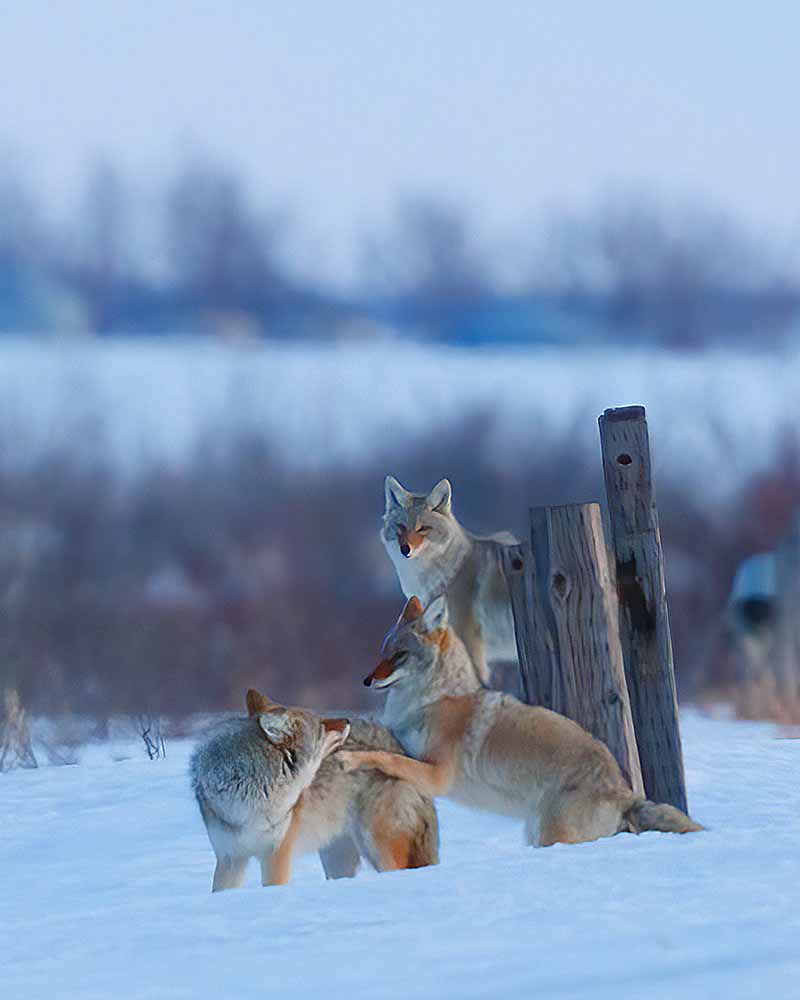
Research + time + fieldcraft + stubborn effort = results
